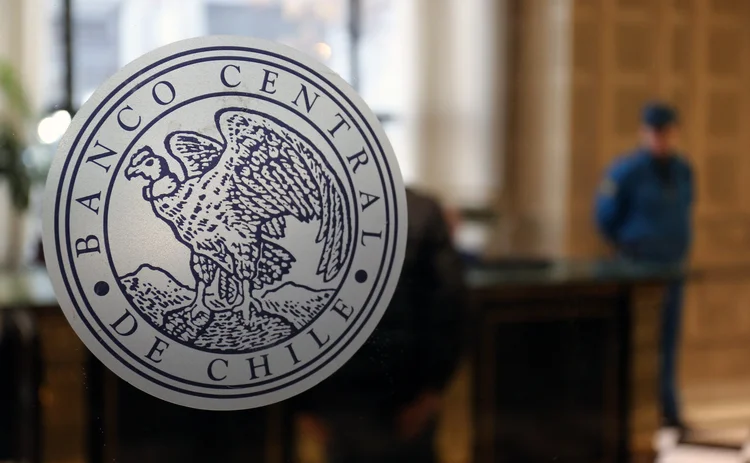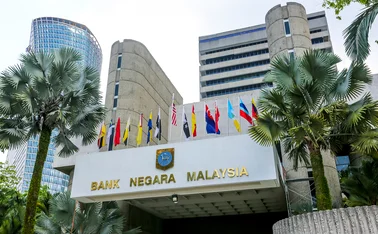
Chile renews IMF flexible credit line as risks grow
Months after ending the previous facility, Chile has reactivated it

Chile has renewed its flexible credit line (FCL) with the International Monetary Fund, just three months after dropping the facility in favour of the smaller short-term liquidity line (SLL).
The IMF executive board approved the new FCL for Chile on August 29. Worth $18.5 billion, it provides substantially more support than the SLL, which was capped at $3.5 billion. The FCL agreement lasts for a term of two years, while the SLL was for just one year.
Chile has not used either facility and stresses the new line will be treated as precautionary.
Even so, the IMF highlighted growing risks to the Chilean economy as a factor in the decision. The liquidity could be tapped if the economy faces greater balance of payments problems stemming from the war in Ukraine, shocks to commodities markets, or a tightening of global financial conditions.
“The FCL will augment Chile’s precautionary reserve buffers on a temporary basis and provide substantial insurance against a broad range of risks,” the fund said.
In a statement, the Central Bank of Chile said the authorities had begun negotiations with the IMF in July, “due to the deterioration of the external scenario and the greater international uncertainty”. The central bank said the facility increased the amount of liquid funds it could draw on by 40%.
The central bank held foreign exchange reserves of $40.8 billion on July 31, down from $46.6 billion in January. The central bank has been intervening in the FX market to defend the peso, which has come under pressure in part due to rapid inflation in the South American nation. Headline inflation hit 13.1% in July.
Chile previously entered into an FCL agreement with the IMF in May 2020, as a measure to guard against the worsening effects of the Covid-19 pandemic. The line was always intended as a temporary measure, and the central bank built up reserves in 2021 by around $7 billion as part of the exit strategy from the FCL.
In May 2022, Chile ended the previous FCL and became the first nation to sign up to the IMF’s new SLL, which was smaller in size and designed only to guard against modest imbalances. On August 29, the central bank said the authorities had decided to end the SLL, as the FCL provides a larger pool of funding.
“After an impressive recovery from the fallout of the Covid-19 pandemic, Chile is facing a marked increase in global risks,” said IMF managing director Kristalina Georgieva. “Against the backdrop of a challenging external environment, the authorities have continued to implement very strong policies to mitigate risks, preserve macroeconomic stability, and support vulnerable groups.”
The FCL was established in 2009 as a precautionary source of liquidity for economies judged to have sound macroeconomic fundamentals and good policy frameworks. Once an FCL is agreed, the liquidity can be drawn upon with no conditions attached, unlike a standard IMF programme.
However, there has been limited demand for FCLs, in part due to a perception of stigma attached to requesting the facility.
Only users who have a paid subscription or are part of a corporate subscription are able to print or copy content.
To access these options, along with all other subscription benefits, please contact info@centralbanking.com or view our subscription options here: http://subscriptions.centralbanking.com/subscribe
You are currently unable to print this content. Please contact info@centralbanking.com to find out more.
You are currently unable to copy this content. Please contact info@centralbanking.com to find out more.
Copyright Infopro Digital Limited. All rights reserved.
You may share this content using our article tools. Printing this content is for the sole use of the Authorised User (named subscriber), as outlined in our terms and conditions - https://www.infopro-insight.com/terms-conditions/insight-subscriptions/
If you would like to purchase additional rights please email info@centralbanking.com
Copyright Infopro Digital Limited. All rights reserved.
You may share this content using our article tools. Copying this content is for the sole use of the Authorised User (named subscriber), as outlined in our terms and conditions - https://www.infopro-insight.com/terms-conditions/insight-subscriptions/
If you would like to purchase additional rights please email info@centralbanking.com
Most read
- ECB staff speak out against changes to internal survey
- Central bank of the year: Central Bank of Brazil
- BIS’s Zhang Tao on why Asian central banks favour a broader policy mix






